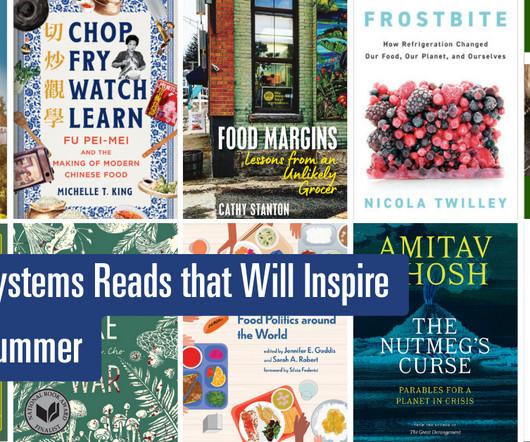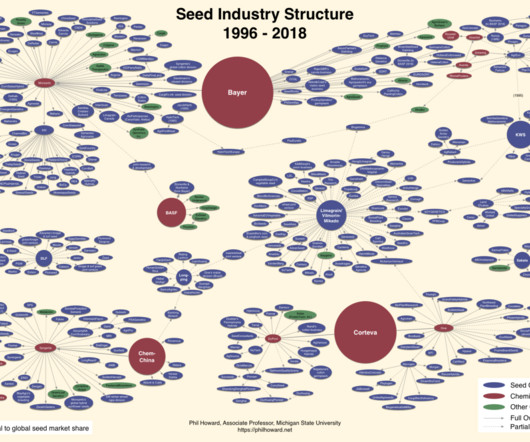20 Food Systems Reads that Will Inspire You this Summer
Food Tank
JULY 2, 2024
Barefoot Biodynamics: How Cows, Compost, and Community Help Us Understand Rudolf Steiner’s Agriculture Course by Jeff Poppen In Barefoot Biodynamics , Jeff Poppen integrates stories from his time in rural Tennessee in his guide to biodynamic principles and practices.












Let's personalize your content